
| Coal Camp Photos Continued from preceeding page From Wyoming Tales and Trails This page: Carneyville and Acme. |
 |
|
|
|
About This Site |
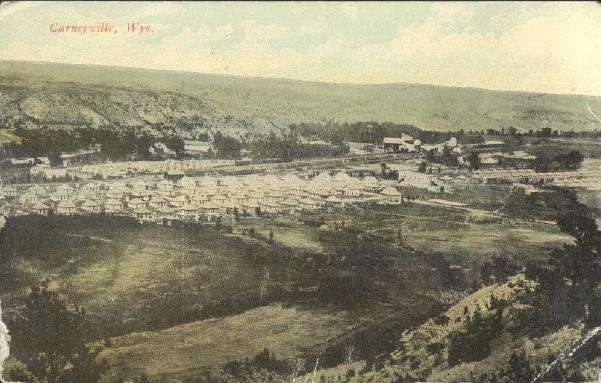 Carneyville, Wyo., 1914
In 1919, the town was the scene of a major dust-up involving the Army engaging in an unauthorized use of force against civilians. In 1919 following the end of World War I, Throughout the West, coal miners had gone on strike. In October, a settlement was reached at the behest of the federal government. The government regarded the strike as a violation of the Federal Food Control Act which made it a violation to interfere with the transporation of food. The government was still "administering" the railroads. In its operation of the railroads, federal goverment was operating a deficit. Therefore, the strike in the mines was an act of treason against the federal government. As expressed by the Philadelphia Public Ledger: It is profoundly unfortunate that the present emergency finds the head of the Federal government temporarily handicapped by illness from the full and energetic exercise of his powers; but the people may have full confidence that those powers will be used and that his warning is backed by a dertmination to put down treason whereever it shall be found. Under the circumstances, a strike of the miners would be treasonable, and should be treated as such. As quoted in the New York Tribune, November 2, 1919.The settlement, however, was more favorable to miners in the larger coal areas of southern Wyoming and in Colorado. Thus, the miners in Carneyville went out on strike. On November 1, a contingent of the 15th Cavalry under the command of Major Warren Dean from Fort D. A. Russell reached Fort Mackenzie outside of Sheridan. The reassignment was allegedly at the request of Governor Carey. On November 26, the strike was broken by use of the newly reassigned troops pursuant to orders of Brigadier General Benjamin A. Poore. The troops invaded the town with fixed bayonets, surrounding the pool hall where some of the stikers had gathered. Leaving the miners at the pool hall under guard, other troops, without warrant, then conducted a systematic house-to-house search of all the dwellings in the town, ordering all male occupants at bayonet point to the pool hall where a new "election" was held calling off the strike. fifty-two of the men were then taken as prisoners to Fort Mackenzie including one who was held in solitary confinement when he refused to sweep out the army guard house. The miners were theatened with deportation on the basis that they were "agitators," "Reds," and were conspiring to continue an unauthorized strike. The same process was then followed in Monarch where all of the men in the town, including one taken away from his dinner table, were marched at the point of bayonets to the Union Hall where another "election" was held which also predictable called off the strike. According to the New York Times, November 27, 1919, Secretary of War, Newton Diehl Baker, Jr., found it to be "inconceivable" that an army officer would order the arrest of coal miners for their failure to return to work. Major Dean argued that he was acting under the authority of Sheriff Dolph Thomas. Sheriff Thomas argued that he acted under the authorty of Major Dean. Sheridan County prosecuting attorney M. L. Baker stated that he had received no request from Sheriff Thomas for any charges to be filed nor did he believe any state laws were applicable to their cases.
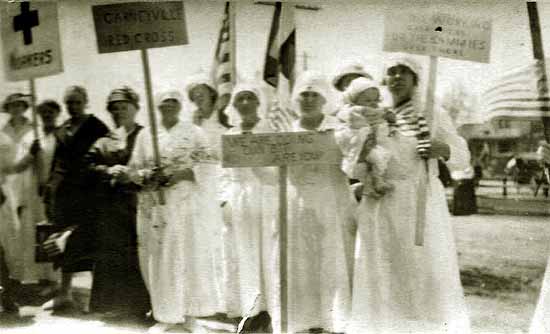 Carneyville Red Cross Volunteers supporting World War I efforts, approx. 1918. SEC. 15. From and after the passage of this act it shall not be lawful to employ any part of the Army of the United States, as a posse comitatus, or otherwise, for the purpose of executing the laws, except in such cases and under such circumstances as such employment of said force may be expressly authorized by the Constitution or by act of Congress; and no money appropriated by this act shall be used to pay any of the expenses incurred in the employment of any troops in violation of this section And any person willfully violating the provisions of this section shall be deemed guilty of a misdemeanor and on conviction thereof shall be punished by fine not exceeding ten thousand dollars or imprisonment not exceeding two years or by both such fine and imprisonment.
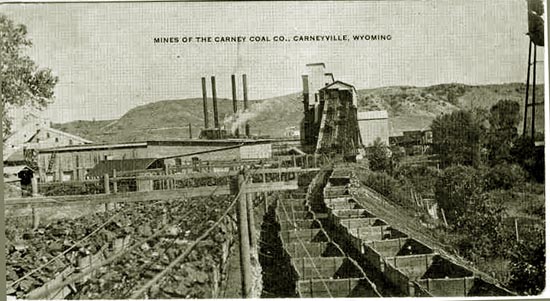 Carneyville Tipple, undated.
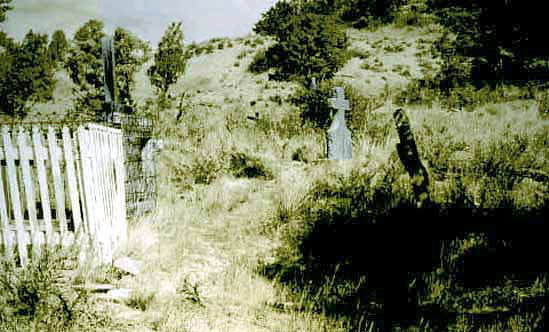 St. Thomas Cemetery, Carneyville, Wyo.
Other coal towns in the area included Kooi, named after Peter Kooi who came to the area in 1904. Kooi (pronounced "Coy.") originally was employed by the Wyoming Coal Mining Company at Monarch. He opened his own mine in 1907.
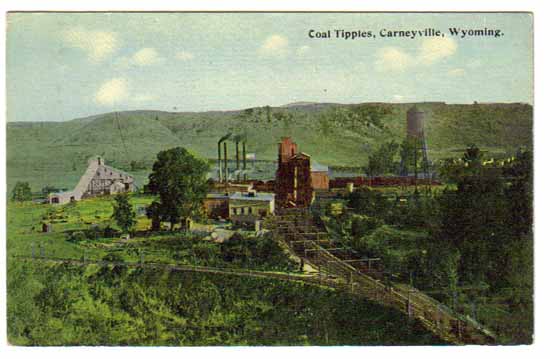 Carneyville Tipples, approx. 1910
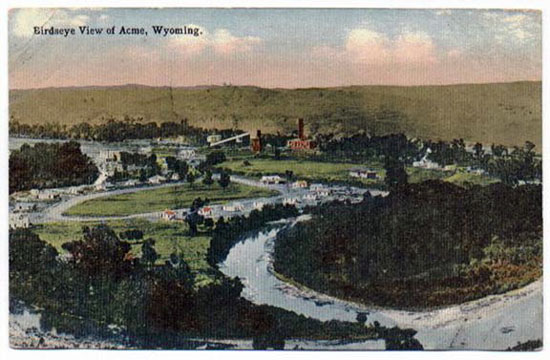 Acme, approx. 1910
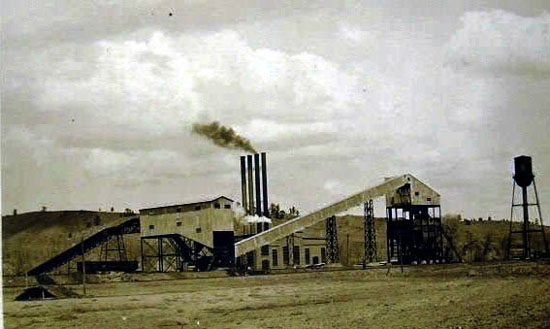 Acme Tipple, undated.
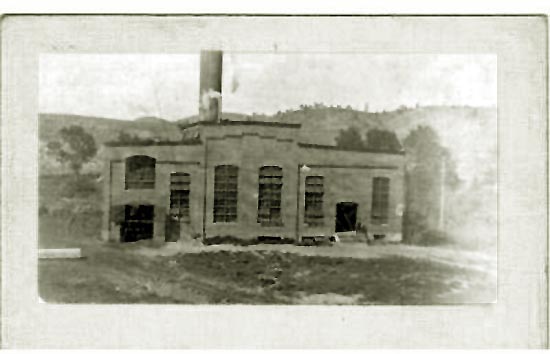 Acme Power Plant, 1913.
Next page, Hudson.
|
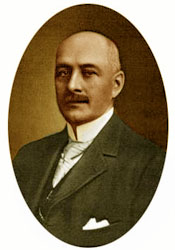 Wm. J. Carney
Wm. J. Carney
